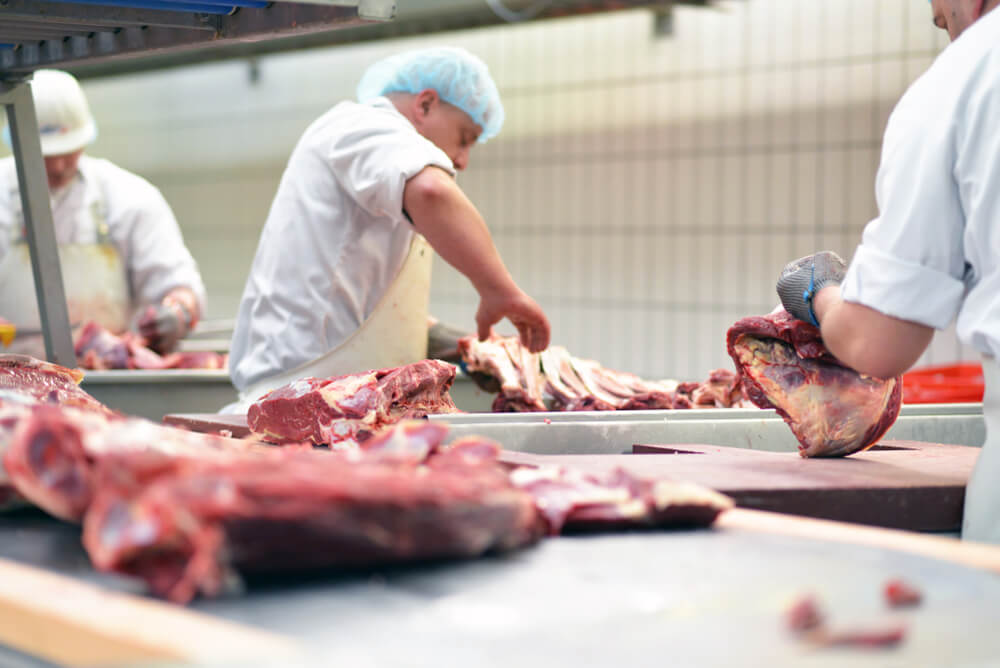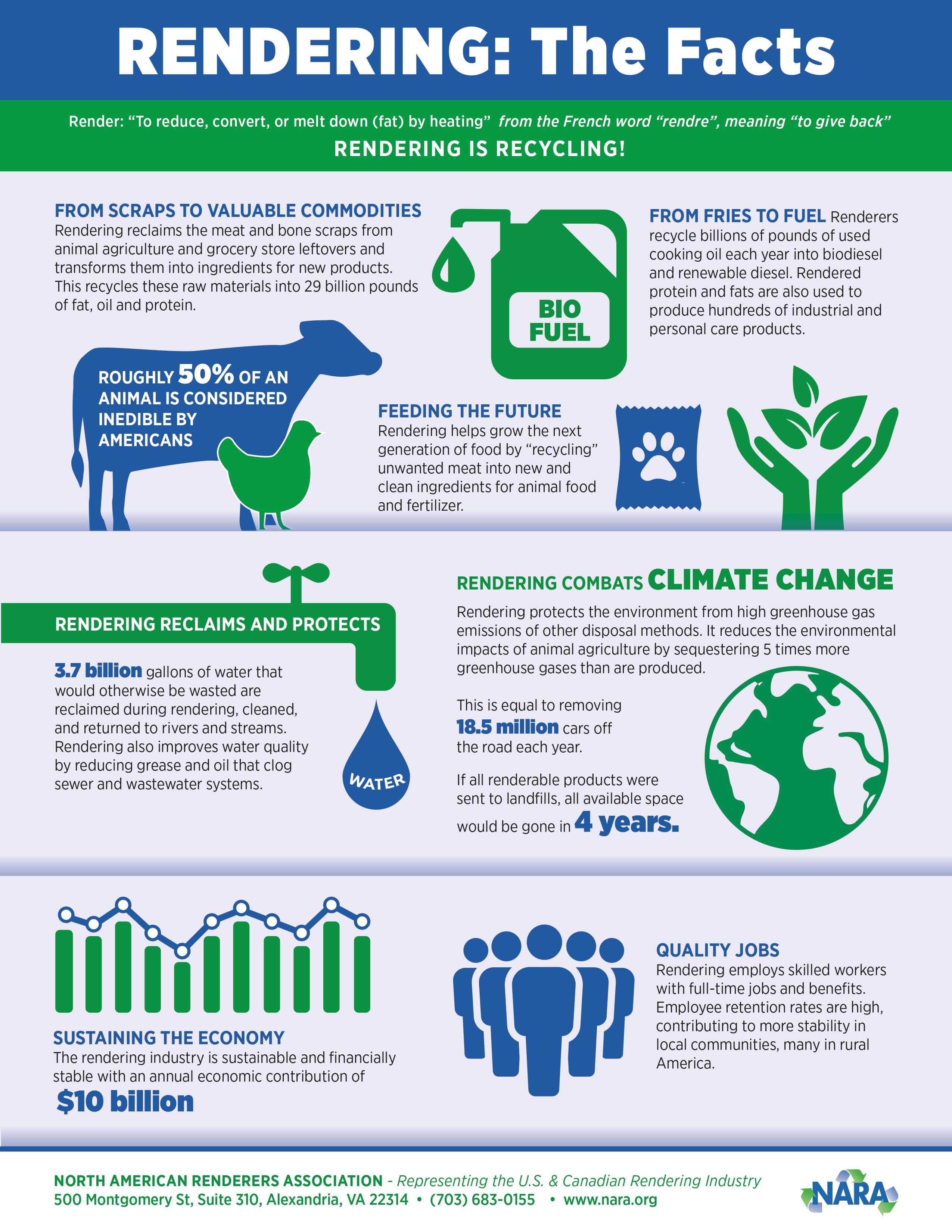Blog
Fertilizer production and wastewater irrigation. Rendering is greener than you might think
Although the plant processes animal scraps, it's more environmentally friendly than you might think. Keep reading and find out why.

Now imagine a bottle that, when recycled, turns into plastic fibers or a steel can that turns into a car part. Rendering plants work in a similar way by processing animal and biological waste from kitchens and then converting it into reusable products.
Recycling of animal material
Typical examples are dead animals or scraps that come from meat processing plants.
The animal parts are first sterilized to ensure that they do not contain any harmful pathogens. This is particularly important in case of animals that have not been examined after they have died.
The treated material is sent for drying and pressing, where it is turned into rendering fat, which is later used as fuel. According to the executive of the Žilina rendering plant, such fuel has even higher calorific potential than natural gas.
In addition to the fat, the rendering plant also produces a meal that is added to animal feed or used as an organic fertilizer.
 Animal products, such as blood, bones, fur and skin, can be reused.
Animal products, such as blood, bones, fur and skin, can be reused.
Water reuse
Obviously, rendering plants also face their own environmental challenges. One of them is the treatment of the wastewater produced in the plant. Fortunately, there are solutions for this too. For example, water reclamation by coagulation, sand filtration and ultrafiltration.
The first two above mentioned pre-treatment methods reduce fouling by up to 50-95%.
Even better, after the final treatment, the water can be used again for washing in the rendering plant itself or for irrigation. With the most efficient treatment, water can also return to streams and rivers.
In wastewater treatment plants built by Hydrotech, electricity or thermal energy production is also possible.
Hydrotech can help you apply an anaerobic solution combined with biogas-to-energy technology which, in addition to water treatment in the rendering plant, can also produce energy, helping your company to be more self-sufficient and also reduce costs.
Reducing greenhouse gasses
What are other options for disposing of animal waste in addition to a rendering plant? There are incinerators, landfills or industrial composting plants.
Compared to these solutions, however, rendering is much more ecological. It emits 90% less greenhouse gasses than industrial composting.
It also takes the pressure off the food industry and thus, again, contributes to reducing emissions.
When you add it all up, rendering plants can really drastically eliminate air emissions. Their savings are estimated to be equal to removing 18.5 million cars off the road each year.

Retrieved from Afia.org
Rendering and forest destruction
Although it may not seem obvious at first glance, rendering plants also contribute a lot to forest conservation. Specifically, by protecting palm and soybean plantations.
The problem is not the crops, but the fact that they are being planted in places where they have previously cleared precious rainforests, i.e. sustenance we also need, instead of air, which is just as important. Another ecological dilemma.
However, rendering can help make a difference. Animal protein, which is a great substitute for palm oil and soybean meal, is used in biofuels and animal feed.
Furthermore, production of processed animal protein in rendering plants creates only 10% of the greenhouse gasses of soya production.
More articles
Bizarre way of highlighting pollution issues: Taiwanese students made popsicles from polluted water
Polluted water is a huge problem nowadays. Look at how a couple of Taiwanese university studets pointed to this problem in an original but also...
